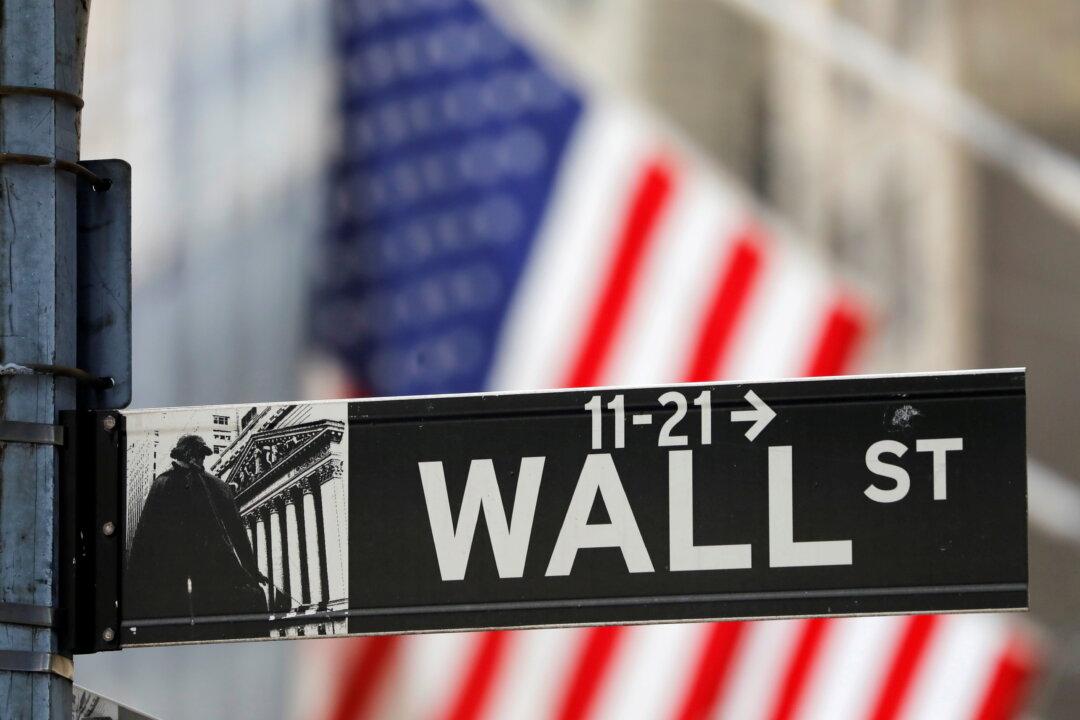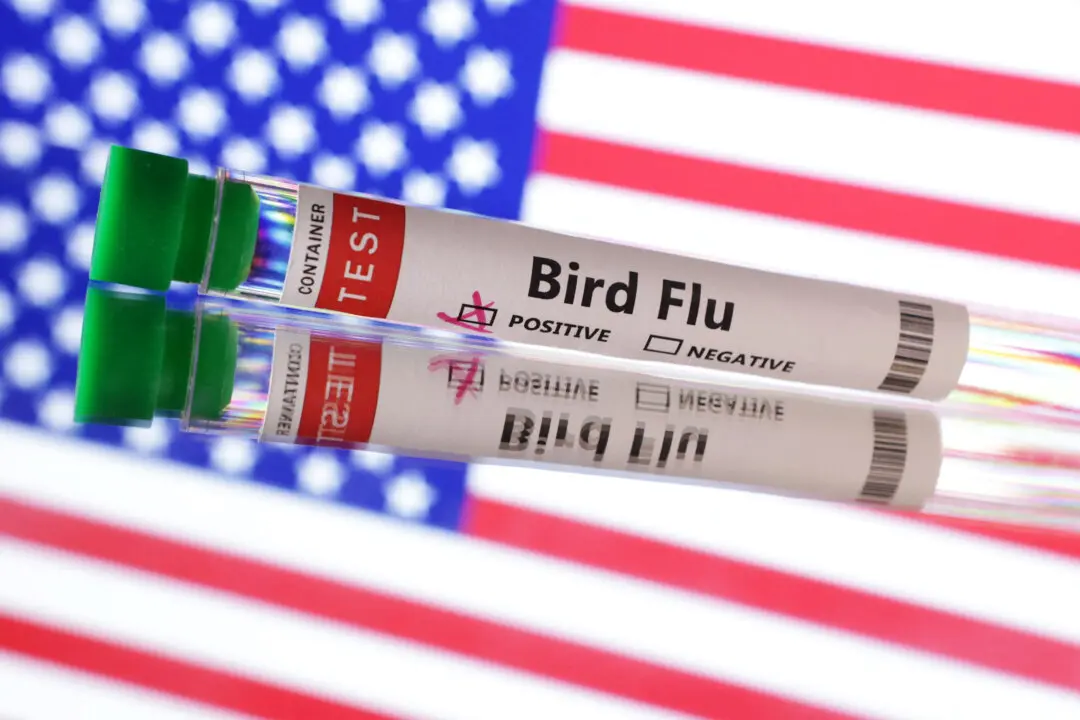U.S. stock indexes fell on Wednesday after a strong showing of private jobs in September fueled concerns of a sooner-than-expected easing of monetary stimulus in the face of growing worries of higher inflation.
The ADP National Employment Report showed private payrolls increased by 568,000 jobs last month. Economists polled by Reuters had forecast a rise of 428,000 jobs.





